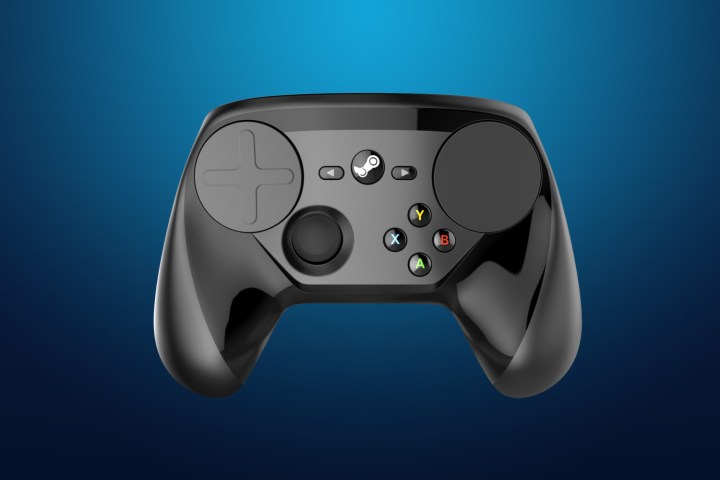
Although the Steam Controller faced a few difficulties when first released, the regular updates and the fact that Valve has opened it up for anyone to mod and tweak it seems to have helped.
Since its release features like game profiles have expanded with uniform mappings for certain genres and others for specific games – though fans have also added their own ideas to that mix. You can also configure the controller from your desktop now, which makes things a little easier. And there’s support for games purchased outside of Steam now too.
Valve also recently announced full support in virtual reality for games that utilize traditional controller input.
All of that has helped Valve shift as many units of the controller as it has, but in typical fashion it isn’t done with the updates just yet. One of the big features coming down the pipeline, according to the respective blog entry, is Activators. These are actions that might seem simple to PC users, but are much rarer on a gamepad.
Double click, click and hold and toggle on/off, are all functions that will soon be available to Steam Controller users.
If all of this wasn’t enough to tempt you to buy one yourself, Valve is also offering the Steam controller at 30 percent off at the moment, along with the Steam Link. There are also a number of Civilisation VI bundles going too, so be sure to jump on this if you need a replacement for your ageing PC gamepad.
Have any of you picked up a Steam controller? How do you rate it compared to more traditional alternatives?



